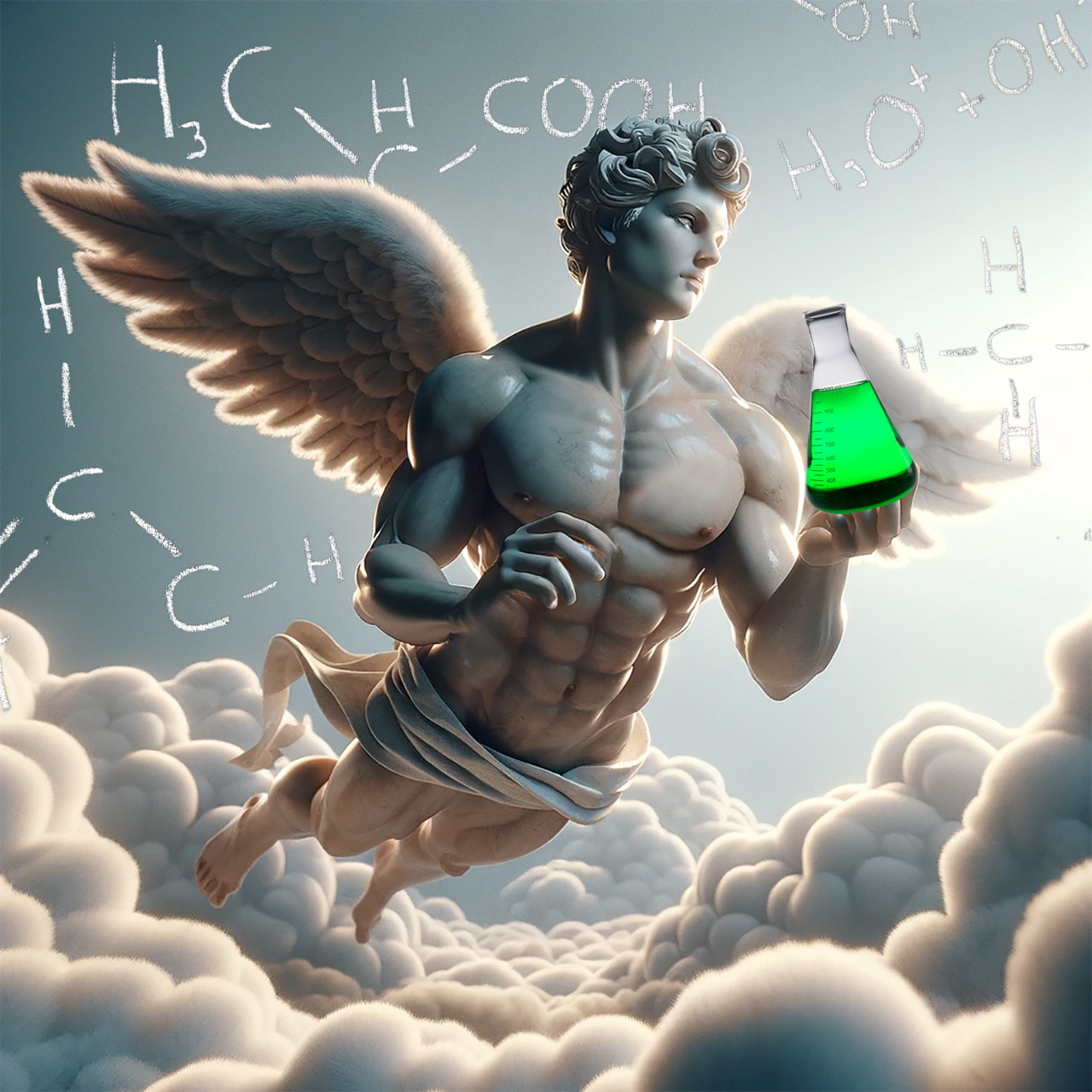This year, Cupid is adding a unique twist to his endeavors. He is arming his arrow with a secret love potion, infusing it with a much-needed dose of healthy masculinity, and soaring through the skies.
What lies at the heart of attraction? Is it the enchanting allure of deep-rooted fantasies, the initial spark of chemistry, or perhaps something else entirely? While Cupid’s arrow, love potions, and tales of Prince Charmings inject a whimsical charm into the pursuit of modern romance, the actual science behind attraction is a captivating and mysterious subject that is still being heavily researched. From what we do know, however, according to a Harvard article titled “Love, Actually: The science behind lust, attraction, and companionship,” attraction in humans manifests as a complex interplay of psychological, biological, and social factors.
Generally speaking–and perhaps most obviously–physical appearance is at the forefront of attraction. As visually-oriented beings, humans tend to place significant importance on how someone looks when forming initial impressions. Interestingly, however, some scientists suggest that what we as individuals find attractive in a partner might come from deep-down, instinctual feelings we are not fully aware of. This idea goes into the thought that there is an inborn, evolutionary reason for the types of partners we are drawn to, as explored in the article “Genetic dissimilarity, genetic diversity, and mate preferences in humans” on ScienceDirect. This indepth research article mentions studies suggesting that women had a stronger liking for the scent and looks of men with more genetic diversity. This hints at the idea that, as a species, we might be hardwired to subconsciously choose partners with genetics that complement ours, possibly to ensure healthy and strong offspring.
But, moving beyond physicality, personality traits, cultural norms, and societal influences also sway the perception of attractiveness. Social context, upbringing, and cultural background are important factors that help shape individual preferences, while shared interests, humor, and compatible values additionally contribute to the overall attraction between individuals. So, the notion of “opposites attract” is not universally applicable—unless, of course, the conversation shifts back to genetic considerations.
Biologically, attraction involves the release of neurotransmitters in the brain. Dopamine, serotonin, and oxytocin play special roles in creating pleasurable sensations, fostering happiness, and building bonds associated with attraction. Meanwhile, human sex hormones like testosterone and estrogen are closely linked to the type of attraction that fuels sexual desire–or, as it is more commonly known, lust. The same ScienceDirect article mentioned above explores the influence of these hormones, suggesting that testosterone and estrogen enhance libido in both men and women. Although the impact is less pronounced with estrogen, some women indicated that they experienced a heightened sexual motivation during the ovulation phase–or, when estrogen levels reach their peak. Hormones are rarely stagnant so it is really a no-brainer that the role that hormones play in attraction can have a massive influence on the types of companionship that individuals seek at different times in their lives.
Now that we have covered all of that, you’re probably still wondering what is the key to attraction then?
Unfortunately, Cupid is not real and there is no magic love potion (yet) that can make everyone find you attractive. But–all hope is not lost–there are things you can do to enhance your appeal and find greater success in your love life.
Recognizing that our natural instincts and biological factors play perhaps the strongest role in the complexities of attraction is a crucial first step. When we grasp and accept these natural aspects that make us human, we can then focus on how to strike a good balance in approaching attraction–helping to pave the way for the genuine connections we so badly desire.
For men, navigating this might mean embracing a bit of healthy masculinity–acknowledging and appreciating positive qualities tied to being masculine—like confidence, protectiveness, and emotional intelligence. These are traits that can be cultivated that many women tend to find appealing in a long term partner.
On the flip side, when it comes to women, embracing and celebrating the subtleties and intricacies that come with being a woman are equally as important. This means appreciating the unique aspects of femininity and finding empowerment in the qualities and experiences, even the subconscious ones, that define our unique womanhood.
Whatever it might look like for you, it is important to remember that on your quest for love, you should always be true to yourself. Going against our most natural instincts in attraction can lead to a disconnection from our genuine selves and desires; and when individuals suppress or resist their innate inclinations, forming authentic connections with others becomes challenging. This internal conflict can create inner discord, hindering the ability to express true emotions and engage in relationships that really align with one’s personal preferences.
Moreover, resisting instinctual attractions may contribute to a lack of fulfillment in relationships. It can lead to choosing partners based on societal expectations or external pressures rather than genuine compatibility. This mismatch can result in unfulfilling connections, as individuals may find themselves in situationships that do not resonate with their true desires and values.
Ultimately, embracing and comprehending our instincts, along with how they tie into the influences of society, biology, and physiology on our desires, creates a foundation for a more authentic and satisfying path in establishing connections with those around us. This approach urges individuals, both men and women, to pursue their romantic pursuits with their personal preferences, nurturing relationships founded on mutual understanding and compatibility–no love potion or Cupid’s arrow required.
